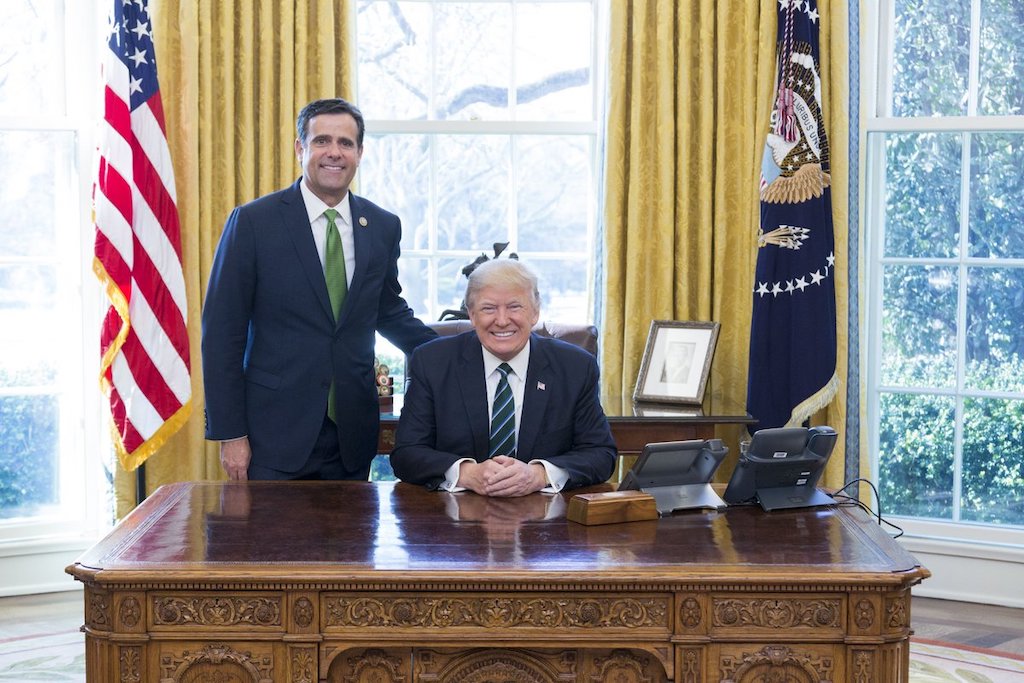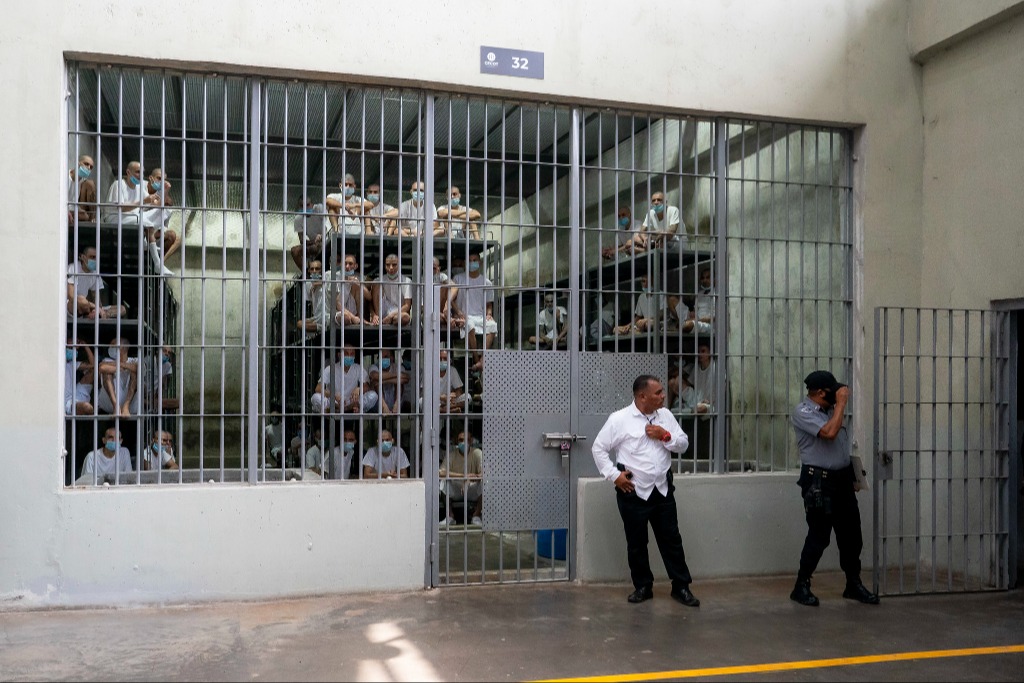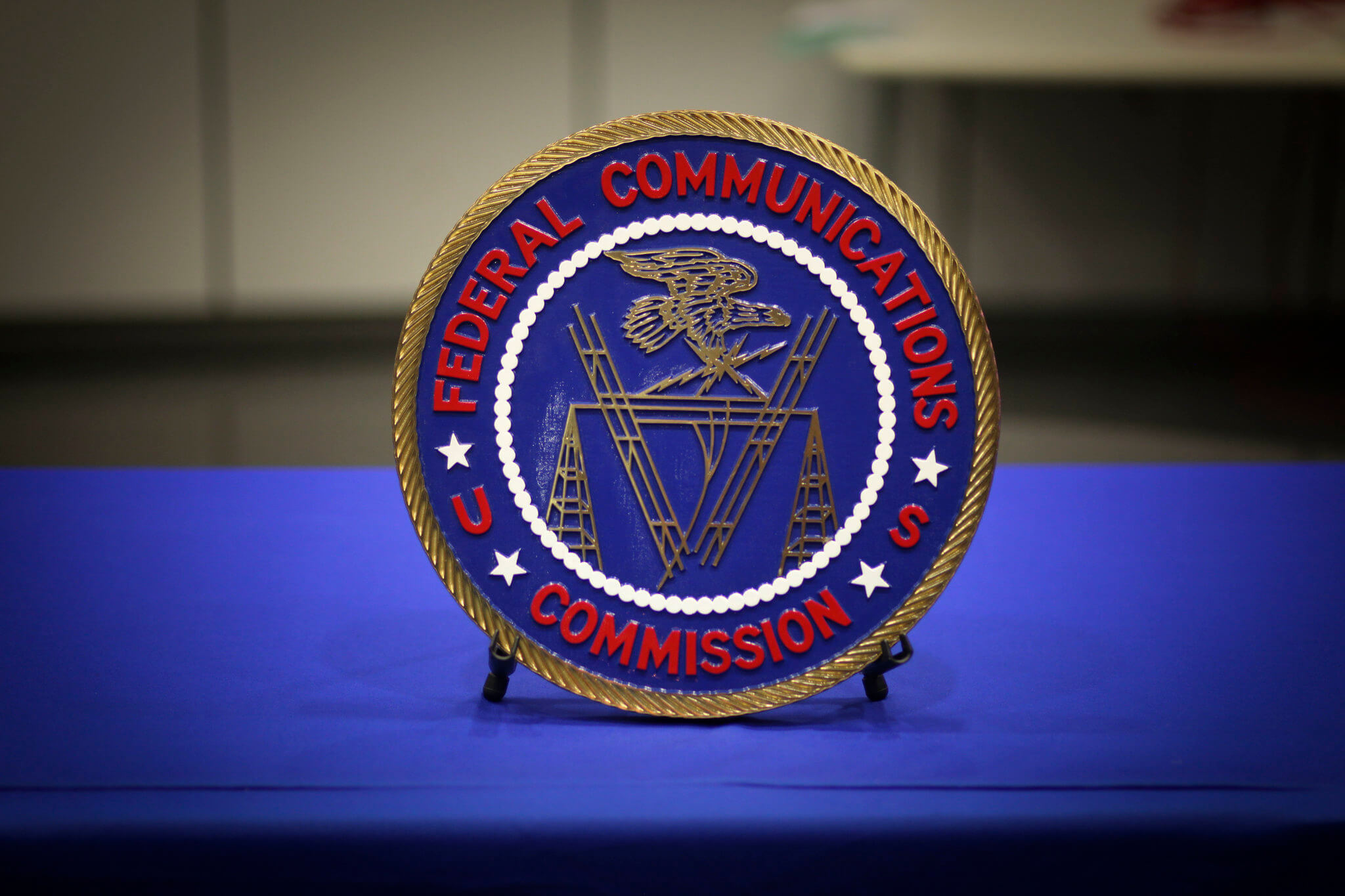John Ratcliffe’s Dangerous Declassification Game
If the Russian reporting disclosed by Director of National Intelligence John Ratcliffe is not disinformation, it only makes his actions look worse.

Published by The Lawfare Institute
in Cooperation With

On Sept. 29, Director of National Intelligence John Ratcliffe released a strange, cryptic letter about Russian intelligence reporting on Hillary Clinton’s 2016 presidential campaign. On Oct. 6, Ratcliffe followed up by selectively declassifying some of the underlying documents relating to this reporting. Much of the response to these disclosures has rightly focused on the impropriety of Ratcliffe’s spreading what may be Russian disinformation for political purposes. But if the Russian reporting is not disinformation—and there’s reason to believe it may not be—Ratcliffe’s actions are even more outrageous.
In his Sept. 29 letter to Sen. Lindsey Graham, which was released just hours before the first presidential debate, Ratcliffe declassified the following:
In late July 2016, U.S. intelligence agencies obtained insight into Russian intelligence analysis alleging that U.S. Presidential candidate Hillary Clinton had approved a campaign plan to stir up a scandal against U.S. Presidential candidate Donald Trump by tying him to Putin and the Russians’ hacking of the Democratic National Committee.
Ratcliffe noted that the intelligence community “does not know the accuracy of this allegation or the extent to which the Russian intelligence analysis may reflect exaggeration or fabrication.” The letter also revealed that CIA Director John Brennan subsequently briefed President Obama about this information, and that similar information was formally sent to the FBI in early September 2016. A week after sending the letter, Ratcliffe declassified and released Brennan’s notes from this briefing and the CIA memorandum to the FBI in heavily redacted form.
President Trump and his defenders have breathlessly portrayed these disclosures as, variously, evidence of Clinton campaign wrongdoing that the FBI ignored at a time when the bureau was allegedly pursuing unverified leads against the Trump campaign, proof that the Russia investigation was a hoax, and proof that the Obama administration was spying on the Trump campaign. Among Trump’s detractors, the overwhelming response to the Ratcliffe letter has focused on how the director of national intelligence was spreading disinformation seeded by the Kremlin. In response, Ratcliffe asserted that this reporting “is not Russian disinformation and has not been assessed as such by the intelligence community.”
Based on my experience as a CIA lawyer, I believe this particular assertion by Ratcliffe. There is a key difference between disinformation and unverified intelligence; this reporting likely fell in the latter category. If the Russian reporting was in fact disinformation, this would mean that Russia made up the allegation in hopes that it would be discovered and used against its target. I don’t think that’s what happened here. What’s more, if Ratcliffe had lied on this point, others in the intelligence community likely would have refuted his assertion. A misunderstood point about the Trump administration is that while its senior officials routinely engage in carefully worded deceptions and half-truths, they try not to straight-up lie.
The fact that this Russian reporting may be unverified intelligence rather than Russian disinformation does not help Ratcliffe, however. Instead, it makes his actions even more unconscionable.
First, Ratcliffe is revealing intelligence—in this case, internal Russian “intelligence analysis”—that the intelligence community appears to have collected covertly from the Russians (I have no inside knowledge of this from my time at the CIA; I’m basing this on Ratcliffe’s letter alone). If this reporting was disinformation, it means the Russians wanted the U.S. to obtain it; accordingly, there would be no harm from a sources and methods perspective in revealing publicly that the U.S. had done so. But if it wasn’t disinformation, then it means that Russia was presumably trying to protect the reporting, just as the U.S. protects its own classified information. This also means that Ratcliffe’s letter reveals that the intelligence community was able to defeat those safeguards.
Although the letter doesn’t say how the information was obtained, it’s somewhat specific as to the time of collection. The letter attempts to be vague by stating the reporting was collected in “late July 2016,” but it reveals even more than that. According to the letter, Brennan told Obama that, according to the Russian reporting, Clinton allegedly approved this campaign plan on July 26, 2016—although Brennan’s handwritten notes indicate that it could have been July 28. In either case, if this alleged Clinton approval was on July 26 or 28, and the information was obtained by the intelligence community in “late July,” that leaves a three- to five-day window in which the information was collected and relayed back to the U.S. government. Revealing this temporal specificity—combined with the detailed substance of the reporting that was disclosed—would easily allow the Russian government to determine the intelligence unit from which the U.S. obtained the material. Based on those leads, it won’t be that hard for Russia to figure out how the U.S. obtained that information, thereby compromising the source or method that the U.S. successfully deployed against this extraordinarily hard target—which was apparently providing the U.S. with internal Russian intelligence in near real-time. Even if Russia doesn’t figure this out, the U.S. intelligence community will have already pulled back the collection source or method based on the letter, rendering it useless. It’s been reported that the heads of the CIA and the National Security Agency lobbied against Ratcliffe’s disclosure, presumably for these reasons.
Second, if the reporting is not disinformation, Ratcliffe is revealing the fruits of a hostile foreign intelligence service’s efforts to spy on a U.S. person. This is unprecedented, and un-American. Over the course of the Russia investigation and the probe into Michael Flynn, the president’s allies have expressed outrage about “unmasking,” where the unmasked information was (a) collected by the U.S. government and (b) shared within the U.S. government only for counterintelligence purposes (although some information was leaked, unfortunately). Here, Ratcliffe is essentially engaging in unmasking by making an adversary’s collection against a U.S. leader available for the entire world to see, while permanently compromising the methods that the intelligence community used to collect that information. And he is using the intelligence community’s successful collection effort against the Russians as a political weapon against a U.S. person. Thus, these two unprecedented actions—the declassification and dissemination of an adversary’s intelligence reporting—have the effect of harming U.S. national security interests while rewarding Russia at the same time.
Third, there is no obvious benefit to these disclosures beyond providing misinformed political fodder for Trump and his allies. Under Executive Order 13526, declassifying information of this nature means that Ratcliffe should have determined that the “public interest in disclosure outweighs the damage to the national security” from revealing the information. By no objective measure was this balancing test satisfied. Even if the Russian reporting was accurate, there’s nothing particularly noteworthy about the reporting on its face, notwithstanding the efforts of Trump’s defenders to make a scandal out of it. The reporting says that the Clinton campaign was attempting to tie Trump to Russian President Vladimir Putin and the hack of the Democratic National Committee (DNC). That is an accurate description of what was happening at that time—and, what’s more, the Clinton campaign had good reason for making those charges.
Consider what was taking place in full public view in the spring and summer of 2016. In May 2016, Trump had hired Paul Manafort to run his campaign—prompting extensive reporting about Manafort’s deep connections to Russian and Ukrainian oligarchs, who in turn had ties to Russian intelligence. In mid-June 2016, the DNC hack, and the fact that Russia was behind it, was publicly reported. The next month, the Trump campaign worked behind the scenes to weaken the Republican National Committee platform on Ukraine in a manner that benefited Russia, with this coming after Trump had made a series of positive remarks about Putin during the campaign. On July 22, WikiLeaks began releasing the hacked DNC emails, right before the DNC nominating convention kicked off. Two days later, Clinton campaign manager Robby Mook went on CNN and alleged that the Russians hacked the DNC in order to help Trump, noting that Trump’s positions on NATO and Ukraine were favorable to Russia.
Then on July 27, 2016, Trump held the infamous press conference in which he urged Russia to obtain Clinton’s missing emails—an event that undoubtedly heightened the Clinton campaign’s concerns. And a few days later, Clinton did exactly what the Russian reporting predicted: She publicly attacked Putin for the DNC hack while drawing a connection between Trump and Putin. Point being: The substance of the Russian reporting now released by Ratcliffe was not particularly insightful or noteworthy—it was all happening in plain sight.
In addition, there was nothing illegal or improper about what was alleged in the Russian reporting. The Clinton campaign was not secretly meeting with representatives from an adversary to discuss gathering dirt on her opponent, or coordinating with a hostile organization like WikiLeaks. It was not committing campaign finance violations. The Clinton campaign was doing what campaigns do: attacking their opponent based on current events. And Mook’s and Clinton’s comments at the time were all accurate. They alleged that Russia hacked the DNC and was trying to help Trump (both conclusions supported by the intelligence community’s own January 2017 assessment and subsequent bipartisan congressional reports), and that Trump had displayed a disturbing willingness to defend Putin (also true). The Clinton campaign stopped short of alleging a conspiracy, but even if they did, there’s nothing illegal about that—just as there’s nothing illegal about the baseless claims Trump has made about Clinton or Vice President Joe Biden. Even if it’s unsavory, that’s just politics.
Tellingly, Ratcliffe omits any context about why this Russian reporting was briefed to Obama and shared with the FBI. This is the critical question, and yet it’s unaddressed in the letter. In this way, Ratcliffe’s letter is like jazz—the beauty is in the notes it doesn’t play. If the reason that this Russian reporting was disseminated was damaging to Clinton or Obama, Ratcliffe surely would have disclosed it.
So why was this Russian reporting disclosed to the FBI if it didn’t reveal potential misconduct by the Clinton campaign? The answer is in the document itself. The declassified memorandum that was sent to the FBI is a Counterintelligence Operational Lead (CIOL) memorandum from the CIA’s Counterintelligence Mission Center. Importantly, it is not a crimes report. Rather, as the name suggests, the purpose of a CIOL is to pass operational leads to the FBI for counterintelligence purposes. In this case, the CIA had information indicating that a hostile foreign intelligence service may have spied on a U.S. presidential campaign. Even if the intelligence was questionable, it still presented a significant counterintelligence risk—which is why, as Ratcliffe’s letter says, it was reported to the FBI, via one of the bureau’s lead counterintelligence agents, Peter Strzok. It would have been the FBI’s role to evaluate this material and determine both whether additional defensive briefings to the Clinton campaign were warranted and whether the bureau should employ efforts to detect and defeat this potential espionage activity. In addition, the CIOL reports that this is an “example[] of information that the CROSSFIRE HURRICANE fusion cell”—that is, the team working on the Russia investigation—“has gleaned to date.” The other examples are redacted, leaving open the question of whether they relate to Russian efforts to denigrate Clinton or support Trump. In any event, this all suggests that this information was seen by the intelligence community as one small piece of the larger counterintelligence puzzle concerning Russia’s efforts to interfere in the U.S. presidential election—a puzzle that the U.S. government was just starting to assemble.
And why did Brennan later brief this information to President Obama? He stated recently that he wanted Obama to understand the CIA’s insights into and capabilities against the Russian government—capabilities that Ratcliffe has now compromised. Brennan’s notes back this up. It would have been highly inappropriate for the CIA Director to share this information with Obama if he thought it simply revealed nefarious political activities on the part of the Clinton campaign.
Weighing everything together, there is simply no defense for Ratcliffe’s actions. It’s one thing for the director of national intelligence to engage in overtly political conduct. But it’s another to engage in activity that primarily benefits Russia while harming U.S. intelligence capabilities, and to do so in order to damage a U.S. leader who may have been spied on by a hostile intelligence service. The intelligence community deserves better from the director of national intelligence, and so do the American people. Unfortunately, it appears that Ratcliffe is just getting started.
All statements of fact, opinion, or analysis expressed are those of the author and do not reflect the official positions or views of the Central Intelligence Agency (CIA) or any other U.S. Government agency. Nothing in the contents should be construed as asserting or implying U.S. Government authentication of information or CIA endorsement of the author’s views. This material has been reviewed by the CIA to prevent the disclosure of classified information.




